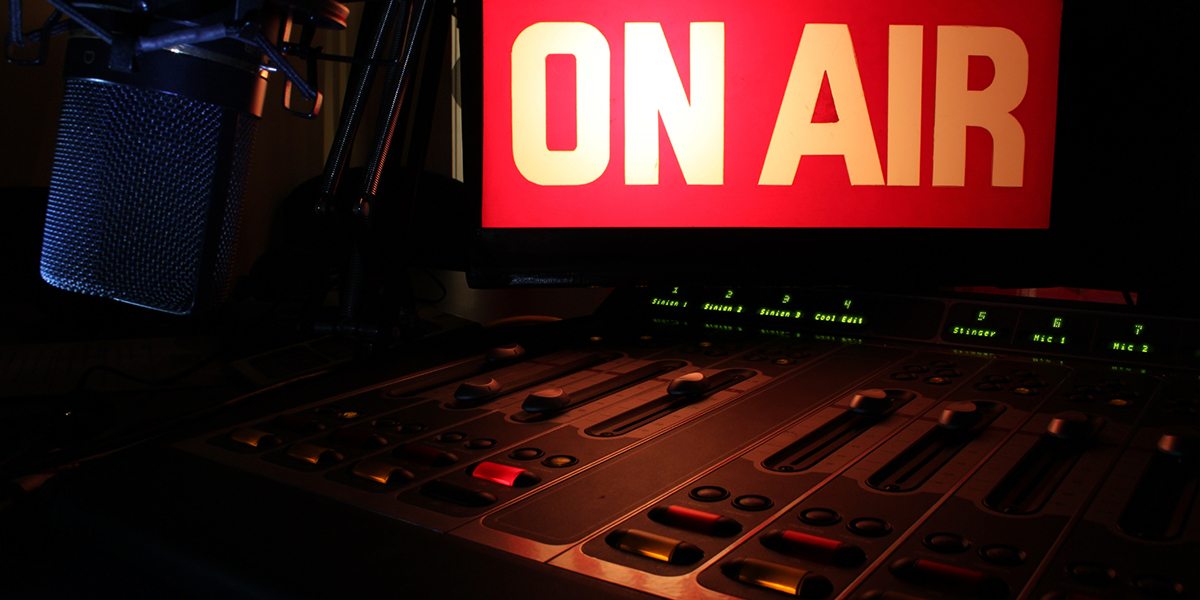My Top Tips for Dealership Radio Advertising
Radio is an incredibly powerful tool for dealership traditional media advertising. Every week, over 239 million people listen to the radio. Those are great numbers for advertising potential. This number alone makes radio a promising platform for your dealership’s advertising. However, just like with every tractor or implement on your lot, if you don’t use this tool correctly, you could end up wasting a lot of time and money.
To get started in radio, you need to remember the basic foundation of all advertising!
Reaching the audience that is most likely to shop with you, while staying in budget. As always when running your business, radio advertising is focused on finding the most bang for your buck!
Radio Ads on a Limited Budget.
As with any serious purchase, radio ad buys require a lot of research. There are probably dozens of radio stations with several formats broadcasting in your area. Not only do you want the best deal for the most listeners, but you want the right listeners at the right time of the day. We’ll cover demographics and scheduling later this month, but one of my first tips is:
Longer Contracts (6 Months to a Year) Might Make Better Deals.
The business of airtime is competitive and ever changing. A radio station is eager to sell a year of spots, just to have the guaranteed revenue locked in. Therefore, radio stations often have discounts for companies willing to commit to longer contracts up front. Not to mention with a long-term contract in place, you’re guaranteed the agreed upon rate beforehand and are not subject to price increases as the market fluctuates.
Determining Length of Radio Ad
The industry standard commercial length is 60 seconds. Stations are willing to sell you spots for thirty, or even fifteen seconds if they can. Our experience is that shorter spots are exponentially less effective than 60-second spots, and are generally to be avoided. If a limited budget means you can’t afford a 60-second buy, you might look into doing a news or weather sponsorship – this is where your company and slogan are announced at the beginning of every news or weather segment the station airs. The production costs are much lower, the audience is likely much larger, and the frequency is guaranteed.
But again, if you’re looking to be successful in radio advertising, fight for a plan that let’s you afford a 60-second spot.
Deciding on what time slot to purchase
When it comes to deciding a time-slot for your radio ad (or any other traditional media advertising), the first thing you need to consider is how the commercials are being heard. If you’re purchasing classic broadcasting spots, you want to buy times when people are listening to broadcast radio – that is, heavy commute times.
Remember, these are the prime purchasing times, and they are going to come with a prime price tag. If you can do any type of research that reliably shows that your target audience is listening to the radio at times other than this (maybe your customers are early-risers, maybe they’re night owls), then use that data to your advantage and buy less popular timeslots at cheaper rates
Some might say a rotator is the best bang for your buck. This is when a radio station agrees to a spot frequency (let’s say five spots a week), and you agree to let them choose when the spot plays in a given daily window (let’s say from 8 am to 8 pm) When you’re this flexible, a station might offer a lower rate per spot. However, the economics can be deceiving.
You may be saving money per spot, but you’re probably sacrificing quality in your audience. If a daily spot in a premium timeslot is too much for your budget, we recommend not playing daily over accepting a rotator. Play as many days as you can afford, but stay in the premium drive-times. That is more effective advertising.
As a general rule, we find that people consider larger-scale purchases (such as a tractor or other heavy equipment), near the weekend or the end of each month. So if you can only play a few days a week, start with buying Saturday, and work backwards. Sure your spot won’t play on Monday or Tuesday – but chances are your audience won’t be making serious buying decisions then anyway.
Tracking results of your traditional media advertising!
Kirkpatrick Creative has built our name on data-driven marketing. Too often we see dealerships throwing their limited budgets and co-op dollars into ad buys they aren’t sure even work. Therefore, we’ve developed a few techniques to hold our radio advertising accountable. You want to work to differentiate the stations, timeslots and even spots to find out which ones perform to match your budget and which ones aren’t worth the money.
One simple technique to monitor which advertisement (radio or not) is driving business is a customer exit survey. As part of your closing paperwork with each sell, ask the customer how they heard about you or the offer they’re taking advantage of. If one channel or medium is driving most of the business, it is probably worth putting a little more of your advertising budget into next time your make an order.
If customers don’t respond well to the survey, you might use certain stations to advertise specific deals. When customers come to the showroom asking for that deal, you’ll know they could’ve only heard about it from a certain station – and you’ll have proof that station is drving in customers!
Meanwhile if you have any questions or comments on your dealership’s radio buy, contact Kirkpatrick Creative today.

